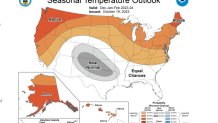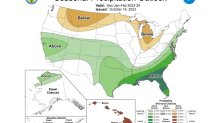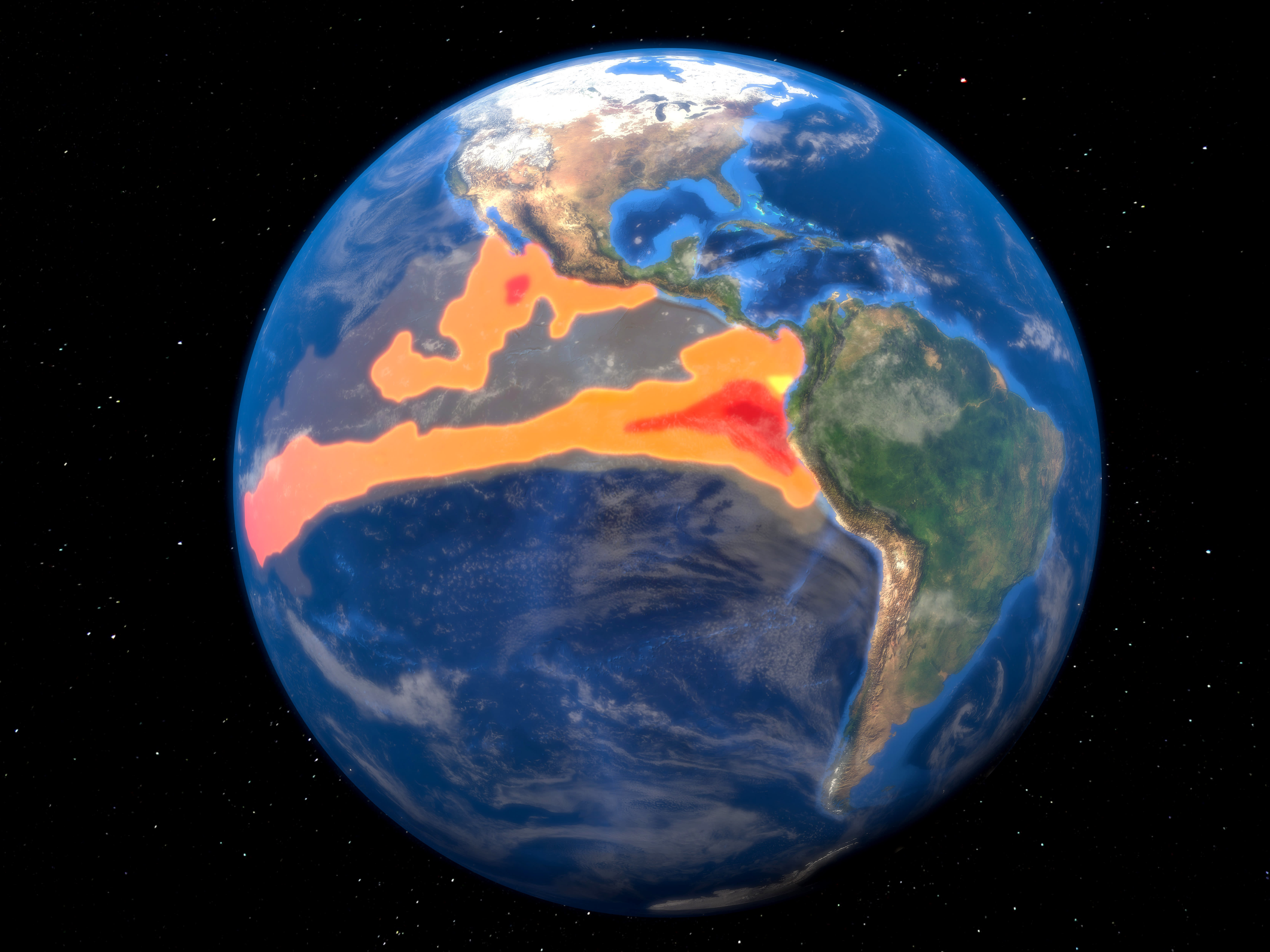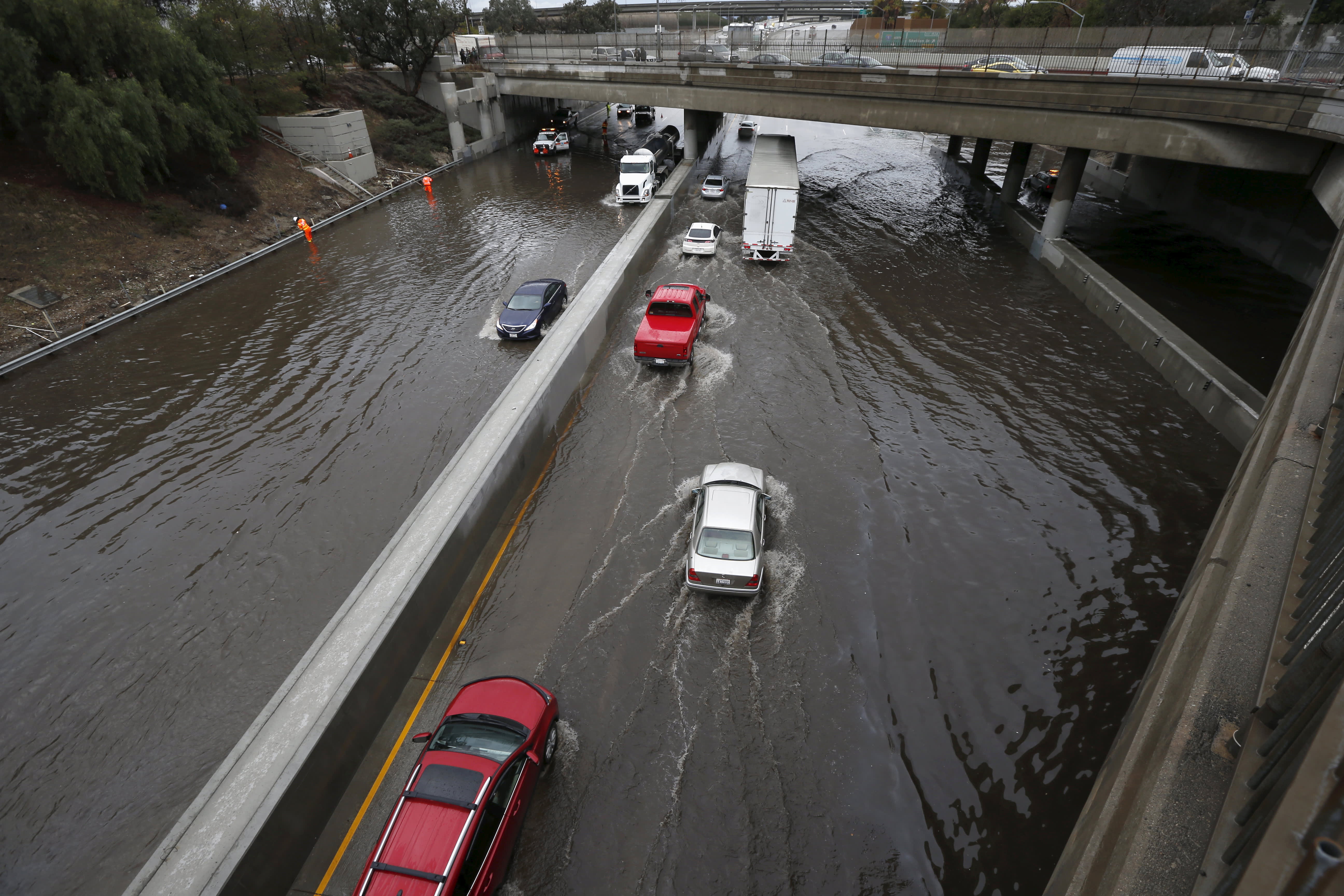Are you hoping for cooler, rainy winter weather in San Diego (and even snowfall in the mountains!) to justify that fabulous new pair of brunch boots? Here's how San Diego's winter weather forecast is shaping up, according to expert forecasters.
The National Oceanic and Atmospheric Association's (NOAA) climate prediction center just released its 2023-2024 winter outlook for the U.S. The report details the chances of cooler or warmer, and wetter or dryer weather in different parts of the country.

Most of California has higher chances of warmer-than-normal temperatures in December, January and February, as well as above-average rainfall in those months. However, the odds are more balanced in San Diego, according to the report. Equal chances of warmer vs. cooler vs. average, or wetter vs. dryer vs. average weather are tabbed for San Diego and Imperial counties.
Get top local stories in San Diego delivered to you every morning. >Sign up for NBC San Diego's News Headlines newsletter.
Cooler and wetter in San Diego could mean considerable snowfall, and plenty of photo opportunities for social media, in mountain communities.

"For California, a warmer and wetter-than-normal winter is more likely, while in San Diego specifically, we have equal chances of having a cool, warm or normal winter," Telemundo 20 meteorologist Ana Cristina Sanchez said.
The NOAA report doesn't speak to how much rain California will see or how warm it will get compared to season averages, only that a warmer and wetter winter is more likely to our north, Sanchez added.
Alexander Tardy, a senior meteorologist at National Weather Service San Diego, explained what “equal chances” could mean for San Diego’s potential precipitation.
“What equal chances mean is that we should expect about normal conditions,” Tardy said. :For San Diego, that’s roughly 9 ½ inches of rain. In Oceanside, that’s roughly 13 inches of rain, same with Escondido.”
Tardy says there is uncertainty with this outlook and to keep this in mind.
”It doesn’t mean we won’t be drier than normal and it doesn’t mean that we won’t be wetter than normal, it’s a probability of normal conditions,” Tardy said.
He attributes the uncertainty to a couple key points. First, the 2015-2016 El Niño season.
“That one was not only dry for Southern California, it worsened the drought for southern California,” Tardy said. “It brought really warm temperatures in February 2016.”
The other part is the rainy winter we just had.
“So we’re going into this year following on the heels of a really wet, one of the wettest years we’ve seen since 2005 in San Diego,” Tardy said.
Outside of California, a warmer winter is in store for most of the northern half of the country, while above-average rainfall could be seen in portions of the southwest, the southern plains and the southeast.
The warmer outlook is driven by an El Niño pattern, the first in four years, NOAA said. The expected increase in rainfall will benefit regions of the U.S. experiencing extreme or exceptional drought, which includes most of the southern states in between California and Florida.
NBC 7 Meteorologist Brooke Martell contributed to this report.



